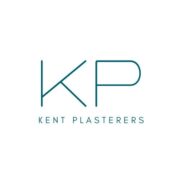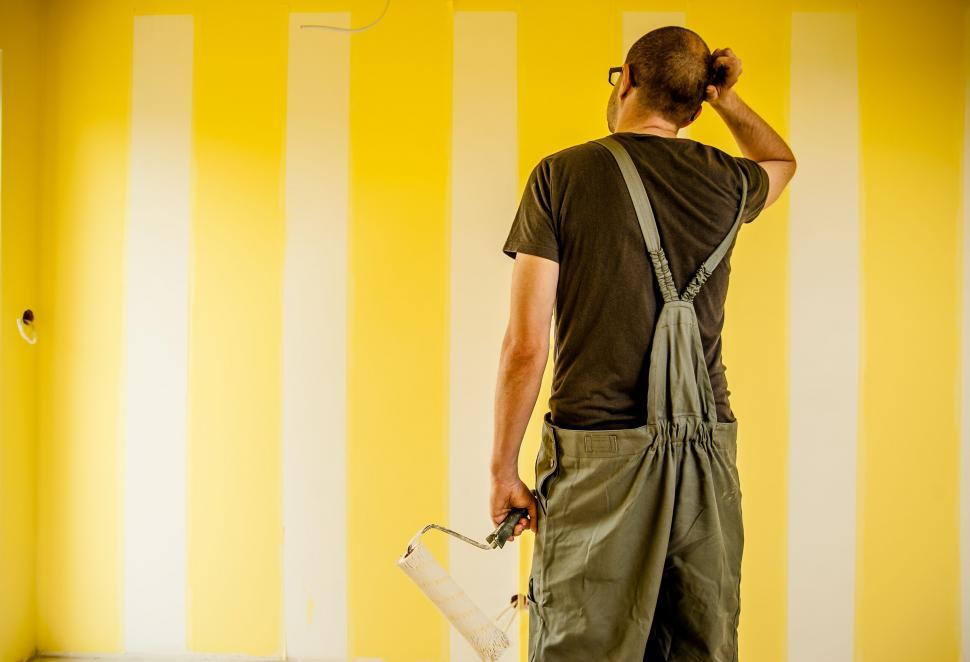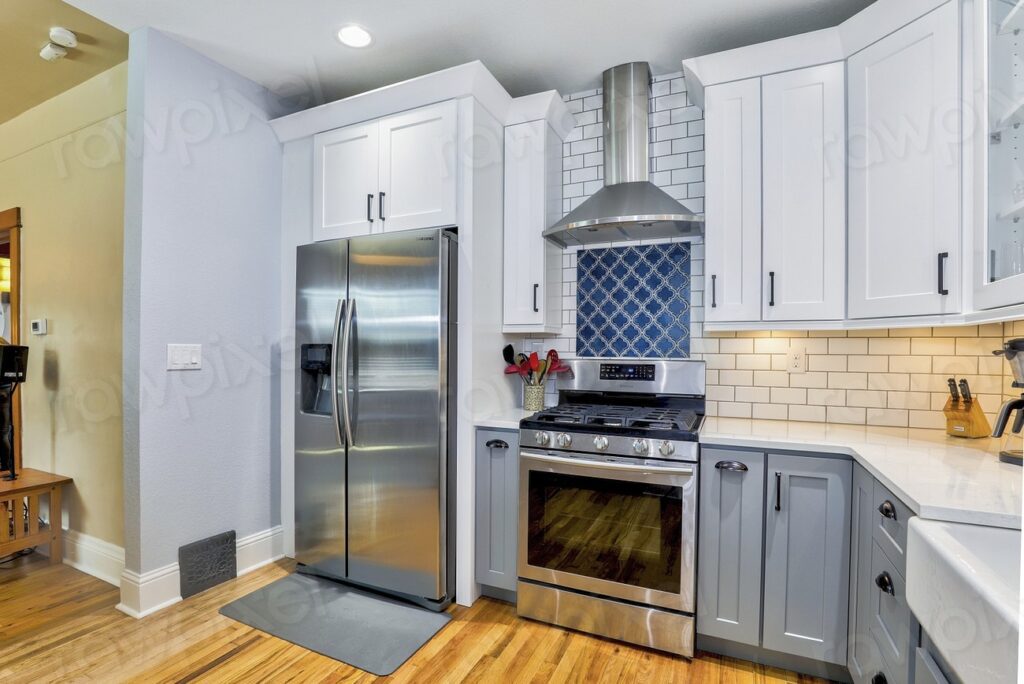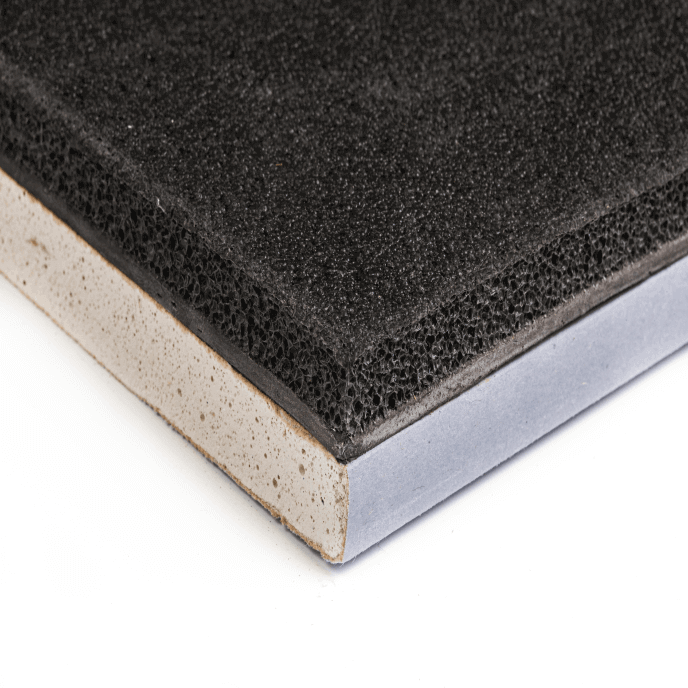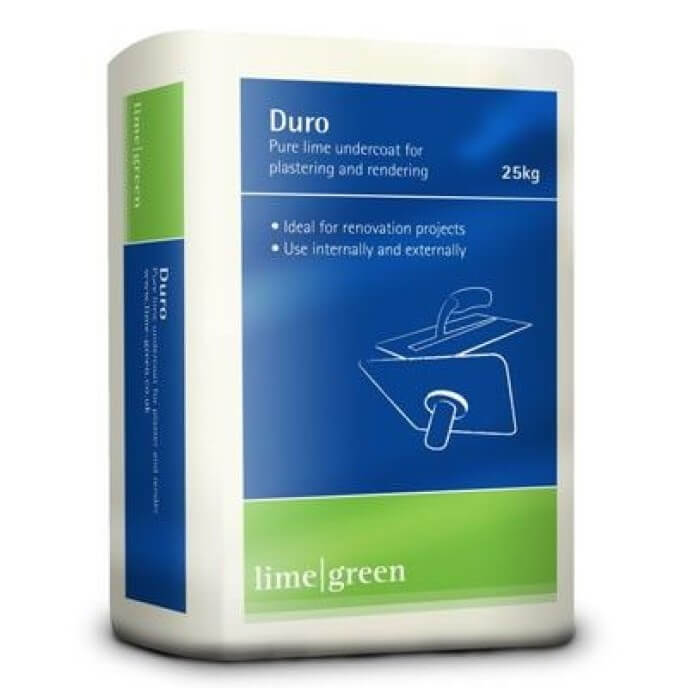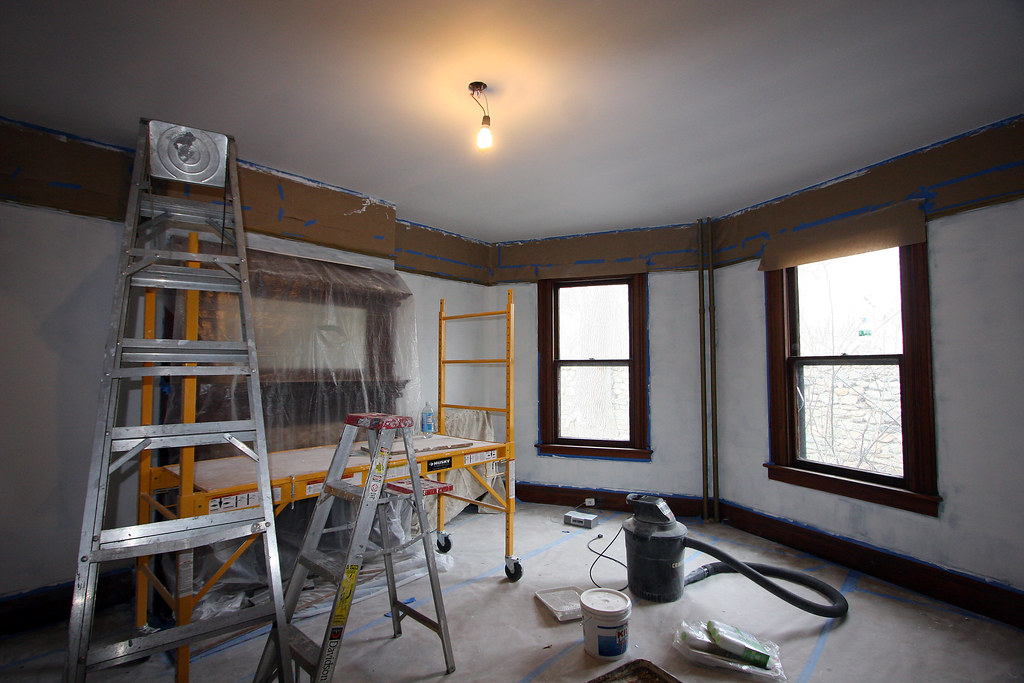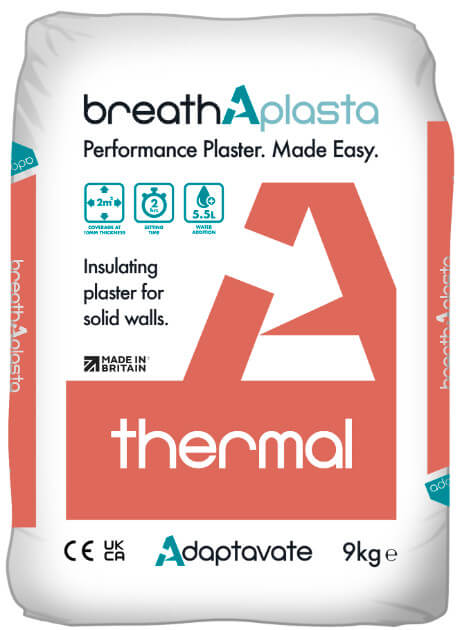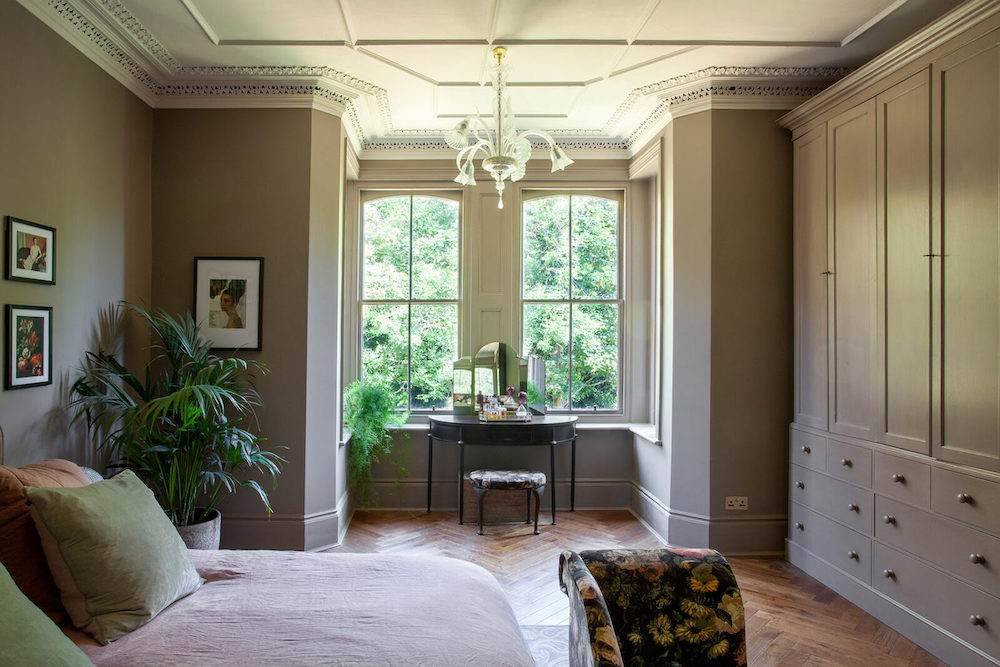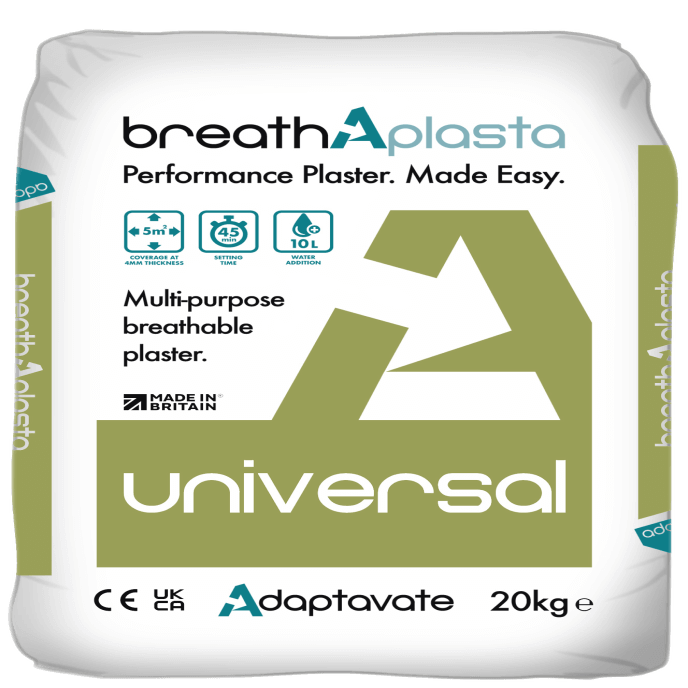The Ultimate Guide to Painting Fresh Plaster: Expert Tips for a Flawless Finish
Transform your newly plastered walls into stunning surfaces with our professional guide to painting fresh plaster – discover the secrets to achieving that perfect, lasting finish. Understanding Fresh Plaster: When Is It Ready for Paint? One of the most crucial aspects of painting fresh plaster is knowing exactly when your walls are ready for decoration. Fresh plaster typically needs at least 7 days to dry completely, though this can vary depending on environmental conditions and plaster thickness. The key is to wait until the plaster appears uniformly pale in colour, with no darker patches that might indicate remaining moisture. Modern buildings with central heating may dry faster, while older properties with thicker walls could take longer. Visual indicators: Look for a uniform, light colour across the entire surface Touch test: The surface should feel completely dry and not cool to touch Moisture content: Should be below 12% when tested with a moisture meter Temperature requirements: Maintain room temperature between 18-22°C for optimal drying Rushing this stage can lead to serious problems, including paint peeling, bubbling, and potential mould growth beneath the surface. Professional plasterers in Kent recommend waiting until you’re absolutely certain the plaster has dried thoroughly before proceeding with any painting work. The Essential First Step: The Mist Coat Explained The mist coat is arguably the most critical step in painting fresh plaster, serving as a crucial bridge between your bare plaster and final paint finish. This initial coating must be properly diluted to ensure optimal absorption and adhesion. The recommended ratio is 70% matt emulsion paint to 30% clean water. This creates a coating thin enough to penetrate the plaster while providing sufficient coverage. It’s essential to avoid using vinyl or PVA-based paints for your mist coat, as these can seal the surface too effectively, preventing proper breathability and potentially leading to future problems. Instead, opt for a good quality water-based matt emulsion. Apply the mist coat evenly using a roller or brush, ensuring complete coverage while avoiding heavy application that might run or drip. Preparing Your Surface for the Perfect Finish After your mist coat has dried completely, typically taking 24 hours, proper surface preparation becomes crucial for achieving a professional finish. Begin with a thorough inspection of the entire surface under good lighting. Look for any minor imperfections, small holes, or slight unevenness that may need attention. Inspect walls using a strong light at an angle to highlight imperfections Fill any small holes or dents with a suitable fine surface filler Once fillers are dry, sand affected areas lightly with 120-grit sandpaper Remove all dust using a soft brush or vacuum Wipe down surfaces with a slightly damp cloth to capture remaining dust Choosing the Right Paint and Application Methods Selecting the appropriate paint for your final coats is crucial for achieving a lasting, professional finish. For fresh plaster, we recommend using high-quality water-based emulsions that offer good coverage and durability. Modern paint technologies now provide options that combine excellent coverage with superior breathability, ideal for newly plastered surfaces. Best paint types: Water-based matt or silk emulsions Avoid: Heavy vinyl-based paints for first few coats Application tools: Use roller with short to medium pile for smooth finish Coverage: Apply 2-3 thin coats rather than one thick coat Drying time: Allow 4-6 hours between coats in normal conditions Achieving Professional Results: Tips from Kent’s Expert Plasterers Drawing from years of experience in Tunbridge Wells and surrounding Kent areas, our professional plasterers share their top techniques for achieving flawless results. The key lies in maintaining consistent application techniques and paying attention to environmental conditions. Temperature and humidity control are crucial, with ideal painting conditions being between 18-22°C with moderate humidity. Professional application techniques include maintaining a ‘wet edge’ while painting to avoid lap marks, using quality brushes and rollers appropriate for your paint type, and applying paint in a systematic manner to ensure even coverage. Always work from top to bottom and maintain good ventilation throughout the process. Maintaining Your Newly Painted Plaster Proper maintenance of your newly painted plaster walls will ensure their longevity and continued aesthetic appeal. During the first few weeks after painting, treat the surface with extra care as the paint fully cures. Avoid harsh cleaning products or scrubbing, and instead use gentle cleaning methods when necessary. Wait at least 4 weeks before cleaning newly painted surfaces Use soft, non-abrasive cloths for cleaning Avoid harsh chemical cleaners Address any marks or stains promptly to prevent permanent damage Maintain good ventilation to prevent moisture build-up When to Call in the Professionals While many homeowners successfully paint their own plastered walls, certain situations warrant professional intervention. Complex projects, high-end finishes, or challenging spaces might benefit from expert attention. Professional painters and decorators have access to premium materials and possess the expertise to handle any complications that might arise during the painting process. For residents in Bromley, Kent, and surrounding areas, seeking professional help ensures a high-quality finish that adds value to your property. Professionals can also advise on colour schemes, paint types, and future maintenance, making their expertise invaluable for significant renovation projects or high-end properties. FAQ Can you plaster and paint the same day? In general, it is recommended to wait for up to four weeks to ensure the plaster is fully dried and ready for painting. Painting too soon on newly plastered walls can result in various issues such as paint absorption, cracking, and peeling. Is a mist coat necessary? We always recommend applying a mist coat because skipping this step can lead to quite disastrous consequences. How long does it take for plaster to fully cure? The plaster will need a minimum of 3-5 days to achieve full dryness, but for some jobs, it may take up to 4 weeks. Once it’s dried, the plaster will appear pale pink, and any previous brown patches will have disappeared. Not allowing the plaster to dry sufficiently can also harm the quality of the finished job overall. Can I paint plaster after 2 days? As
The Ultimate Guide to Painting Fresh Plaster: Expert Tips for a Flawless Finish Read More »
